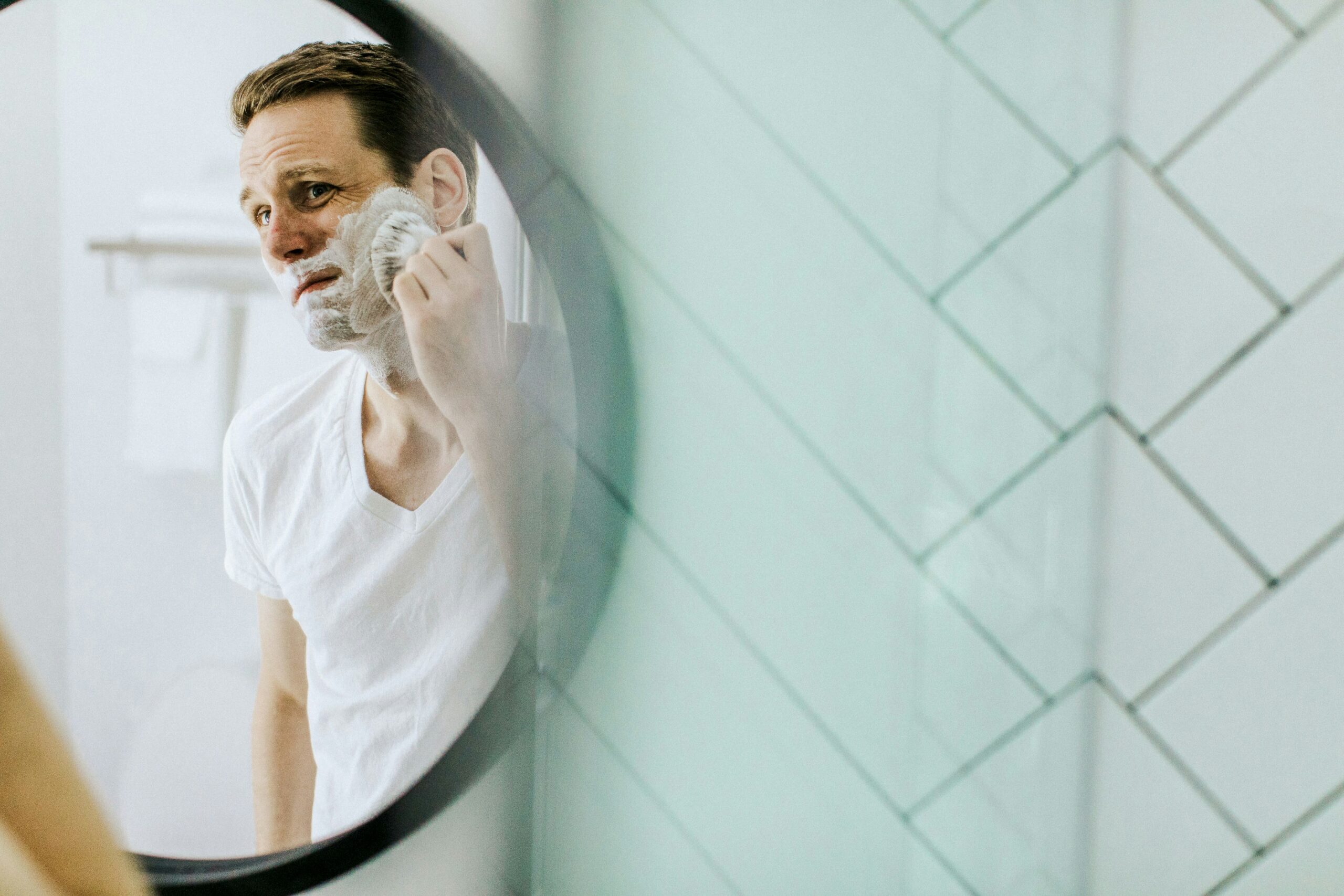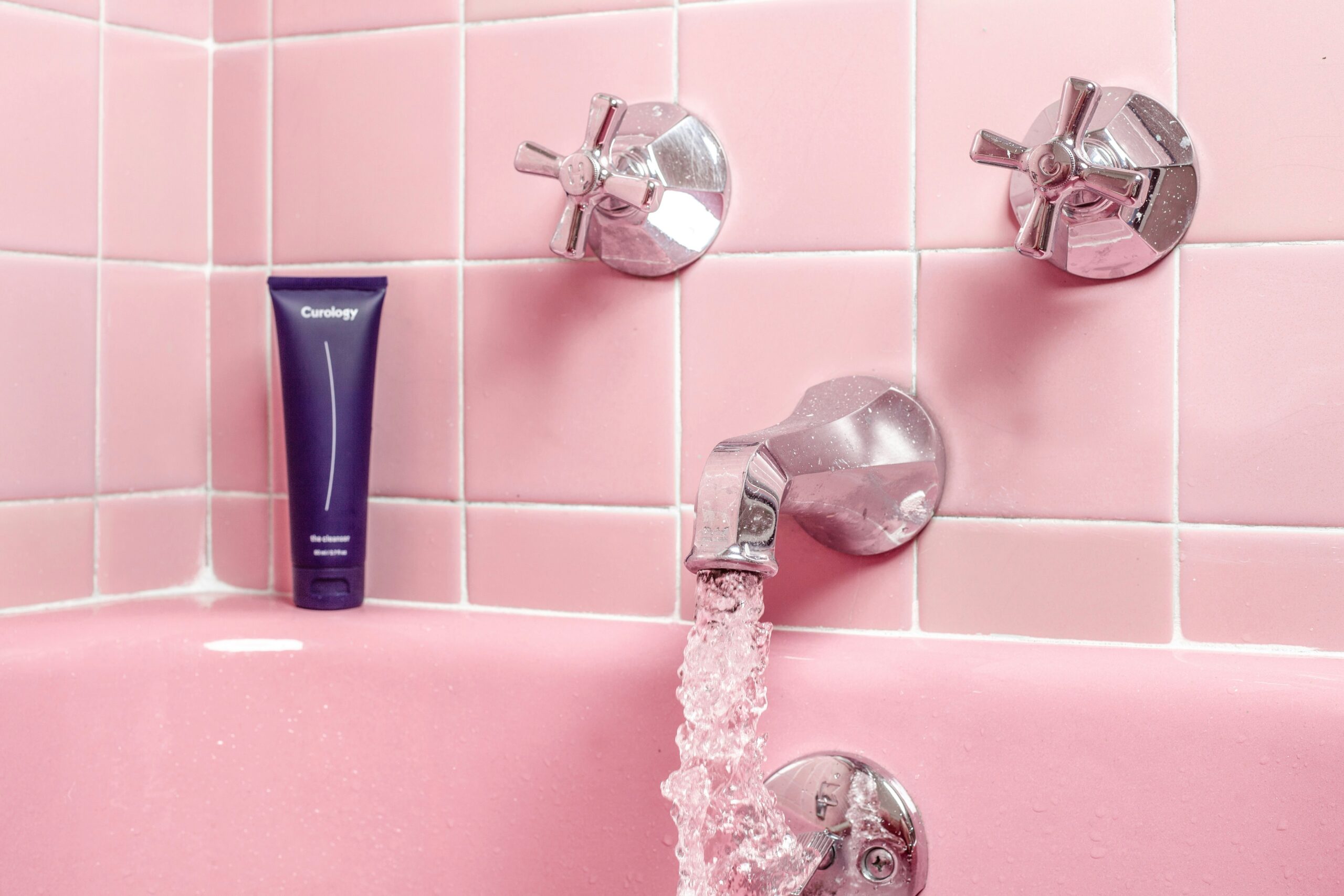Cutting your hair at home has become increasingly popular, especially in recent times when trips to the salon may not always be possible. Whether you’re looking to save money, maintain your style between professional cuts, or simply try something new, learning to cut your hair at home can be a valuable skill. This comprehensive guide will cover everything you need to know for how to cut your hair at home, from the tools you’ll need to techniques for different hair types and lengths. We’ll also address common questions and concerns to ensure you have the confidence to give yourself a great haircut.
Table of Contents
TogglePreparing for a Home Haircut
Before you start cutting your hair, it’s essential to prepare both your tools and your space. A well-prepared environment will help ensure a smoother process and better results.
Gather Your Tools
The first step is to gather all the necessary tools. You’ll need a pair of sharp hair-cutting scissors, a fine-toothed comb, a wide-toothed comb, hair clips, a spray bottle filled with water, a hand-held mirror, and a cape or towel to protect your clothes. If you’re planning to use clippers for a shorter style, ensure they are charged or plugged in, and have the appropriate guards ready.
Set Up Your Workspace
Choose a well-lit area with access to a mirror. Ideally, you should have a mirror in front of you and a hand-held mirror to check the back of your head. Ensure the space is clean and free of distractions. Lay out your tools within easy reach and drape a cape or towel over your shoulders to keep hair off your clothes.
Clean and Dry Your Hair
Start with clean, dry hair. Washing your hair removes any product buildup and ensures it’s easier to work with. Dry your hair thoroughly, as wet hair can appear longer and may lead to cutting too much off. If you prefer to cut your hair wet, be aware of the shrinkage factor once it dries, especially if you have curly or wavy hair.
Basic Haircutting Techniques
Understanding basic haircutting techniques is crucial for achieving a professional-looking result. Here are some fundamental methods to help you get started.
The One-Length Cut
A one-length cut, also known as a blunt cut, is a straightforward style where all the hair is cut to the same length. This technique works well for both short and long hair.
- Section Your Hair: Divide your hair into sections using hair clips. Start with a bottom section, leaving the top sections clipped up and out of the way.
- Comb and Cut: Comb through the bottom section, hold the hair between your fingers, and cut straight across. Use your comb as a guide to ensure an even cut.
- Repeat: Release the next section of hair and repeat the process, using the previously cut section as a guide. Continue until all sections are cut.
Layered Cut
A layered cut adds dimension and movement to your hair by cutting different lengths throughout.
- Section Your Hair: Divide your hair into sections, starting with the bottom layer.
- Elevate and Cut: Take a small section of hair, lift it at a 90-degree angle from your head, and cut the desired length. This creates a layered effect.
- Guide and Blend: Use the first cut section as a guide for the rest. Continue cutting each section, blending the layers as you go.
Trimming Bangs
Cutting bangs can dramatically change your look. Here’s how to do it correctly.
- Section Your Bangs: Isolate the section of hair that you want to cut into bangs.
- Twist and Cut: Twist the section to gather the hair evenly and cut a small amount at a time to avoid cutting too much. Start with a longer length and adjust as needed.
- Check and Adjust: After the initial cut, check the length and shape of your bangs. Make any necessary adjustments to achieve your desired look.
Cutting Different Hair Types
Different hair types require different techniques to achieve the best results. Here are some tips for cutting straight, wavy, and curly hair.
Cutting Straight Hair
Straight hair is generally easier to cut due to its uniform texture. Use sharp scissors and take your time to ensure an even cut. For a blunt cut, ensure your sections are straight and even. For layers, elevate the hair to create dimension.
Cutting Wavy Hair
Wavy hair can be more challenging due to its texture. Cut wavy hair when it’s dry to see the natural wave pattern. Use the point-cutting technique (cutting into the ends of the hair at an angle) to create a softer, more natural look.
Cutting Curly Hair
Curly hair requires special attention due to its tendency to shrink when dry. Cut curly hair while it’s dry and in its natural state to see the true length. Use the point-cutting technique to avoid creating harsh lines and maintain the curl pattern.
Advanced Haircutting Techniques
Once you’re comfortable with basic cuts, you can explore more advanced techniques to achieve different styles.
Texturizing
Texturizing adds movement and reduces bulk in your hair. Use thinning shears or the point-cutting technique to create texture. Take small sections of hair and cut into the ends at an angle to add softness and dimension.
Razor Cutting
Razor cutting creates a softer, more feathered look. Use a sharp razor designed for hair cutting and work in small sections. Hold the razor at an angle and use short, quick strokes to remove length and add texture.
Undercutting
Undercutting involves shaving or cutting the hair very short underneath while leaving the top longer. This technique can reduce bulk and create a more edgy look. Use clippers for the undercut and scissors for the top layers.
Maintaining Your Home Haircut
To keep your home haircut looking fresh, regular maintenance is essential. Here are some tips for maintaining your style.
Regular Trims
Schedule regular trims to keep your hair looking neat and healthy. For most styles, a trim every 6-8 weeks is recommended. Trim any split ends and maintain the shape of your haircut.
Proper Hair Care
Use quality hair care products suited to your hair type. Regularly shampoo and condition your hair to keep it clean and moisturized. Use heat protection products if you use styling tools and avoid excessive heat to prevent damage.
Styling Tips
Experiment with different styling techniques to enhance your haircut. Use a blow dryer, curling iron, or straightener to achieve different looks. Use styling products like mousse, gel, or hairspray to add volume and hold.
FAQs about how to cut your hair at home
What is the easiest way to cut your own hair?
The easiest way to cut your own hair is to start with a simple, one-length cut. This method is straightforward and works well for most hair types. Here’s how you can do it:
First, gather your tools: sharp hair-cutting scissors, a comb, hair clips, a spray bottle with water, and a mirror. Begin by washing and drying your hair to ensure it’s clean and tangle-free.
Section your hair into manageable parts using hair clips. Start with the bottom section and clip the rest of your hair out of the way. Comb through the bottom section to remove any tangles and ensure the hair is straight.
Hold a small section of hair between your fingers, ensuring it’s taut, and cut straight across to the desired length. Use your comb as a guide to maintain an even cut. Release the next section of hair and use the previously cut section as a reference to ensure uniformity. Continue this process until all sections are cut.
Regularly check your progress in the mirror to ensure evenness. Remember to cut small amounts at a time to avoid removing too much hair. This method is simple, minimizes mistakes, and provides a clean, even cut.
How Do I Avoid Common Mistakes When Cutting My Hair at Home?
Common mistakes include cutting too much off, uneven sections, and not considering shrinkage. To avoid these, cut small amounts at a time, ensure your sections are even, and account for shrinkage if your hair is curly or wavy.
What If I Make a Mistake?
If you make a mistake, don’t panic. Evaluate the situation and see if you can fix it by trimming a bit more. If the mistake is severe, you may need to visit a professional to correct it. In the meantime, consider using accessories like headbands or hats to cover up any mishaps.
How Can I Achieve a Professional-Looking Cut at Home?
To achieve a professional-looking cut, take your time and be precise. Use sharp tools, follow the techniques outlined in this guide, and practice. Watching tutorial videos can also provide valuable visual guidance.
Can I Cut My Hair if It’s Wet?
You can cut your hair wet, but be aware that wet hair appears longer than dry hair. This is especially important for curly or wavy hair, which shrinks when dry. If you choose to cut wet hair, consider the shrinkage factor and cut less than you think you need.
How Do I Cut My Hair Evenly?
To cut your hair evenly, use a mirror to check your work frequently. Divide your hair into small, manageable sections and use a comb as a guide. Cutting small amounts at a time and double-checking your work will help ensure an even cut.
What Are the Best Scissors to Use for Cutting Hair?
Invest in a pair of high-quality hair-cutting scissors. Regular household scissors are not designed for hair and can cause damage. Hair-cutting scissors are sharper and provide a cleaner, more precise cut.
How Do I Cut Layers into My Hair?
To cut layers, start by sectioning your hair. Take small sections and elevate them at a 90-degree angle before cutting. Use the point-cutting technique to create softer layers. Use the first section as a guide for the rest of your hair.
Is It Safe to Use Clippers at Home?
Using clippers at home is safe if you follow the instructions and take precautions. Ensure the clippers are clean and use the appropriate guard for the desired length. Start with a longer guard and work your way shorter if needed.
How Can I Maintain My Haircut Between Professional Visits?
To maintain your haircut between professional visits, schedule regular trims and take care of your hair with proper products and styling techniques. Trimming split ends and maintaining the shape of your haircut will keep it looking fresh.
Can I Cut My Own Hair if I Have No Experience?
With patience and practice, anyone can learn to cut their own hair. Start with simple cuts and follow step-by-step guides or tutorial videos. As you gain confidence and experience, you can try more advanced techniques.
How Do I Cut My Child’s Hair at Home?
Cutting a child’s hair at home requires patience and a calm environment. Use distractions like videos or toys to keep them occupied. Work in small sections, use safety scissors, and make the experience as positive as possible.
How Do I Clean Up After a Haircut?
Clean up by using a broom or vacuum to collect hair clippings. Use a damp cloth to wipe down surfaces and ensure the area is clean. Dispose of hair clippings in the trash or compost, if applicable.
Conclusion on how to cut your hair at home
Cutting your hair at home can be a rewarding and practical skill to develop. With the right tools, techniques, and a bit of patience, you can achieve professional-looking results in the comfort of your own home. Whether you’re trimming split ends, adding layers, or trying a new style, this guide provides the knowledge and confidence to get started. Remember, practice makes perfect, and over time, you’ll become more skilled and comfortable with cutting your own hair.



